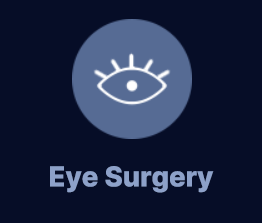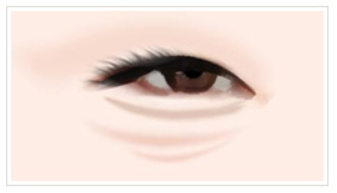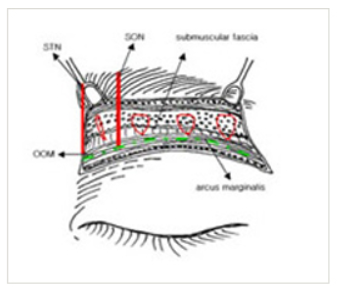

What is eye contour correction?
Eye contour correction is needed when the muscle that lifts the eyelid weakens or fails, causing the eyelid to droop over the pupil. This can also happen if double eyelid surgery damages the muscle. Symptoms include drooping eyelids that block vision. The surgery improves the muscle’s strength, enlarging the visible area of the eye and correcting the exposure of the eye’s black and white parts.
– Surgery Duration: Within 1 hour
– Anesthesia: Local Anesthesia
– Hospitalization: Not Necessary
– Stitch Removal: 4-6 days
– Recovery Period: 1 week
Congenital Ptosis

Ptosis is a condition where the levator muscle responsible for lifting the eyelid is weak or absent from birth, causing one or both eyelids to droop.
When ptosis is present, the affected eye(s) may appear smaller and give the impression of sleepiness. Compensatory efforts may involve excessive use of the forehead muscles to lift the eyelid(s), leading to wrinkles on the forehead. Additionally, individuals may tilt their chin upwards when looking straight ahead.
Especially when ptosis affects only one eye, the asymmetry in eye size becomes more noticeable.
Candidates of Ptosis Correction
1. People who always look sleepy
2. People who need to strain their eyes to open them wide
3. People whose eyebrows rise when they open their eyes
Surgical Procedure
Surgery involves controlling or tightening the levator aponeurosis, the muscle membrane responsible for lifting the eyelid, by either trimming or tying it with threads to shorten its length.

Age-related Ptosis
As one ages, the elasticity of the skin diminishes, causing the eyelids to sag and accumulate fat underneath, leading to age-related ptosis.
Age-related ptosis correction surgery involves procedures to correct the upper eyelid, known as “upper blepharoplasty,” and the lower eyelid, known as “lower blepharoplasty.”
When elderly individuals undergo double eyelid surgery, it is essential to completely eliminate eyelid drooping and ensure that the result does not appear overly done. The position of the eyebrows and the degree of eyelid drooping are assessed to determine whether to excise the skin above and below the eyebrows or create a natural double eyelid through a standard upper blepharoplasty.

Examine the Upper Eyelid in Detail
